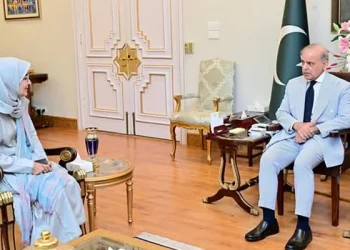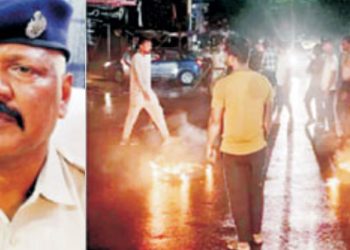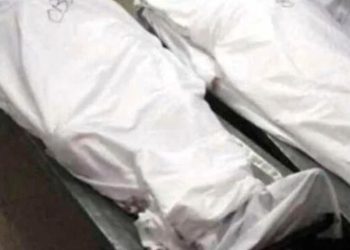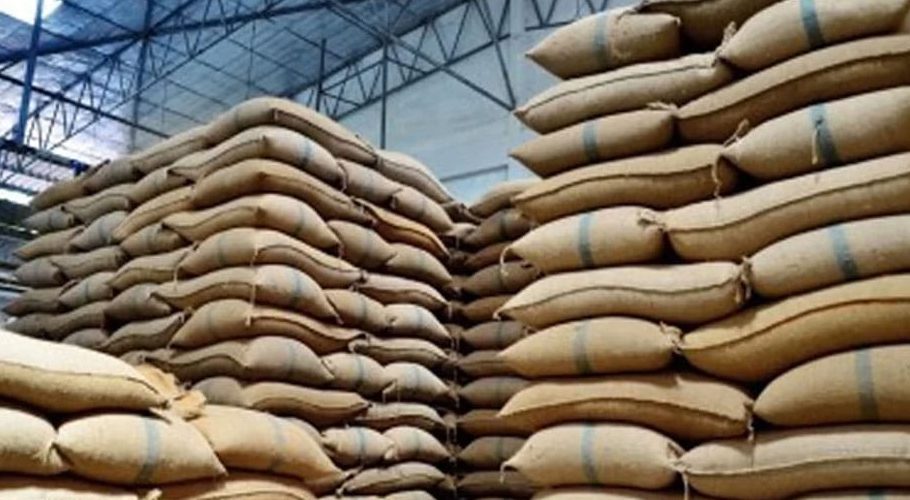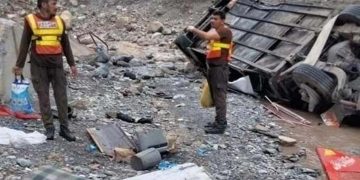Afghanistan has always been an important country for Pakistan, a decade-long war in the country has had devastating effects on the peace of our nation.
The Afghan Taliban recently claimed control of 85 percent of territory in Afghanistan. Afghan Taliban spokesman Sohail Shaheen told international media that the Taliban controlled all border areas in Afghanistan as efforts have been initiated to bring a new system into the country.
Many people consider the Taliban as terrorists because the United States came from a distance of 11,925 kilometers to end terrorism in Afghanistan and is now its soldiers are returning to their homeland after 20 years. Now, let’s consider will the Afghan government’s writ be upheld after the withdrawal of US troops?
Geography of neighboring Afghanistan
The Islamic Republic of Afghanistan is a landlocked country, bordered by Pakistan to the east and south, Iran to the west, Turkmenistan to the north, Uzbekistan and Tajikistan, and China to the northeast.
Covering a total area of 652,000 square kilometers, , the Hindu Kush mountains, running northeast to southwest across the country. Afghanistan has a population of about 32 million, including Pashtuns, Tajiks, Hazaras, and Uzbeks.
Situation of Taliban and ISIS in Afghanistan
The claim of occupying 85 percent of the country came to light yesterday. “We want to bring to our country a system that is in line with Islamic teachings and in which Afghan traditions are united,” the Afghan Taliban said.
“We stand by our promise,” Taliban spokesman Sohail Shaheen said. “We will not allow Afghan territory to be used against anyone, including neighboring countries. Russia has no concern for the Taliban. ISIS has been driven out of the northern part of the country,” he added.
He said that the leadership of ISIS is present in Kabul where 2,600 militants surrendered before the Kabul administration. “ISIL is becoming a threat to all by playing into the hands of foreigners,” he further added.
Areas controlled by Taliban
The areas under the control of the Afghan Taliban include:
Logar’s 3 province
Laghman’s 2 province
Baghlan’s 10 province
Badghis’s 3 province
Helmand’s 2 province
Daykundi’s 2 province
Kandahar’s 8 province
Herat’s 3 province
Maidan Wardak’s 5 province
Ghazni’s 7 province
Faryab’s 10 province
Sari-e-pul’s 4 province
Farah’s 4 province
Ghor’s 4 province
Uruzgan’s 4 province
Jowzjan’s 7 province
Takhar’s 16 province
Samangan’s 4 province
Balkh’s 9 province
Kunduz’s 5 province
Zabul’s 5 province
Paktia’s 10 province
Badakhshan’s 23 province
Nooristan’s 2 province
Parwan’s 2 province
Nimruz’s 1 province
Paktika’s 3 province
Kapisa’s 2 province
Ningrahar’s 1 province
US withdrawal and understanding of Taliban issue
The United States announced yesterday that it would leave Afghanistan altogether, not by September, but by August 31. The US-backed Afghan army has begun to join the Taliban, including with weapons. Thousands of soldiers fled to Tajikistan.
A few days ago, the United States evacuated Bagram Airfield, which was considered an important center of American power. If the Afghan Taliban take over the airbase, conquering Kabul will be easy target.
Some analysts say the Afghan Taliban are more understanding, sensible, and politically capable than they were in 1996. Siraj Haqqani’s sons are active in the Taliban and educated youth make their decisions.
Afghan government’s writ issue
Ashraf Ghani’s government says that they are trying to push the militants, but the government’s writ situation is extremely concerning because the Taliban have seized both key routes in western Afghanistan, along the Iranian and Turkmen borders, from Iran Afghanistan’s western border areas up to China have become insecure.
The Taliban have gained full control of 250 of Afghanistan’s 400 districts, according to a statement from a delegation of Taliban officials in Moscow. “We are trying to push the Taliban out of the latest positions,” said Afghan Interior Ministry spokesman Tariq Aryan.
Government writs seem extremely difficult to maintain, and as the Afghan Taliban seize control of various parts of the country, the announcement of a new Taliban government in Afghanistan appears on the wall.













